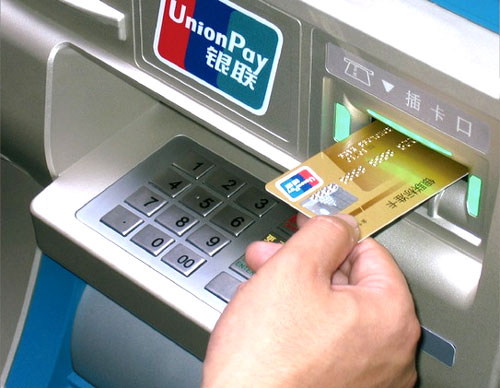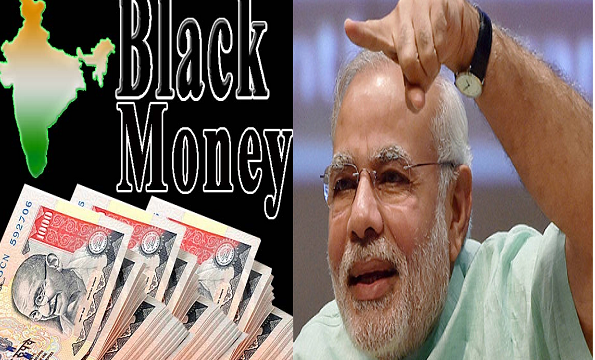In the recent backdrop of the Indian Prime Minister Narendra Modi announcing a Demonetization scheme to tackle black money, the lives of most of the country’s population got impacted and threw the banking system into a tizzy.
The demonetization announcement caught everyone off guard and the following days witnessed huge queues at banks and ATM machines. Some of this was anticipated, while chaos pertaining to ATM machine re-calibration was not. Bankers and ATM service providers faced two major issues—the quantum of money that needed to be refreshed, coupled with logistics and technical issues.
Logistics management is the part of supply chain management that plans, implements, and controls the efficient, effective forward, and reverse flow and storage of goods, services, and related information between the point of origin and the point of consumption in order to meet customer's requirements.
In this article, we have tried to demystify some of the technical terms being heard and providing a small overview about the working of an ATM machine.
ATM (an acronym for Automated Teller Machines) is also known as the cash machine. The automatic teller machine was invented by John Shepherd-Barron in the year 1960. One of the most basic functions of an ATM is that it comes to your rescue you when you face the need for cash and obliterates the need to visit your bank. With evolution, ATM’s are no longer merely restricted to the withdrawal of cash. People can perform a wide range of activities such as cash deposit, money transfer, balance enquiry Statement request, cheque book request etc. The idea is to provide self-service options to the customers without the need of setting up expensive branch locations and staffing it with people.
Inside of ATM
Each ATM machine has 3-4 cassettes that can hold cash in it for dispensation. Each cassette has to be configured to dispense a particular denomination. So far, all ATMs in India were configured for Rs.100, Rs.500 and Rs.1000 denomination notes. Each cassette holds 22 packets of notes. Each packet has 100 notes in it.
https://www.youtube.com/watch?v=AjB_QlyegUM
How ATM works
 The users access their account through a special type of plastic card that is encoded with user information on a magnetic strip. The strip contains an identification code that is transmitted to the bank’s central computer through telecommunication links. The users insert the card into ATMs to access the account and process their account transactions.
The users access their account through a special type of plastic card that is encoded with user information on a magnetic strip. The strip contains an identification code that is transmitted to the bank’s central computer through telecommunication links. The users insert the card into ATMs to access the account and process their account transactions.
When customers swipe the card in an ATM, the card reader reads the information that is printed on a magnetic strip and asks for a special code (PIN Code) which is given to every unique card. After getting all correct information, the Cash dispenser of ATM dispenses the required amount.
Following the government’s order to scrap some denominations and changing the dimensions of the other, the machines needed to be reconfigured to hold the new dimension of Rs. 500 and the new Rs.2000 notes. along with the old Rs.50 denomination notes. To do this across the country, it is evident that ATM providers will need more time since no company has such man power on standby for this kind of activities.
One of the ways to circumvent this crisis was to stock up the ATM’s with Rs.100 notes only, since they were valid and had the same dimensions as earlier. But then, the quantity in circulation was also an issue. If you are a student of economics, you’d appreciate the fact that a country cannot go ahead and print notes whenever it feels like. Hence, the crisis is bound to prolong till the ATM machines get re-calibrated and the new currency notes are supplied.
